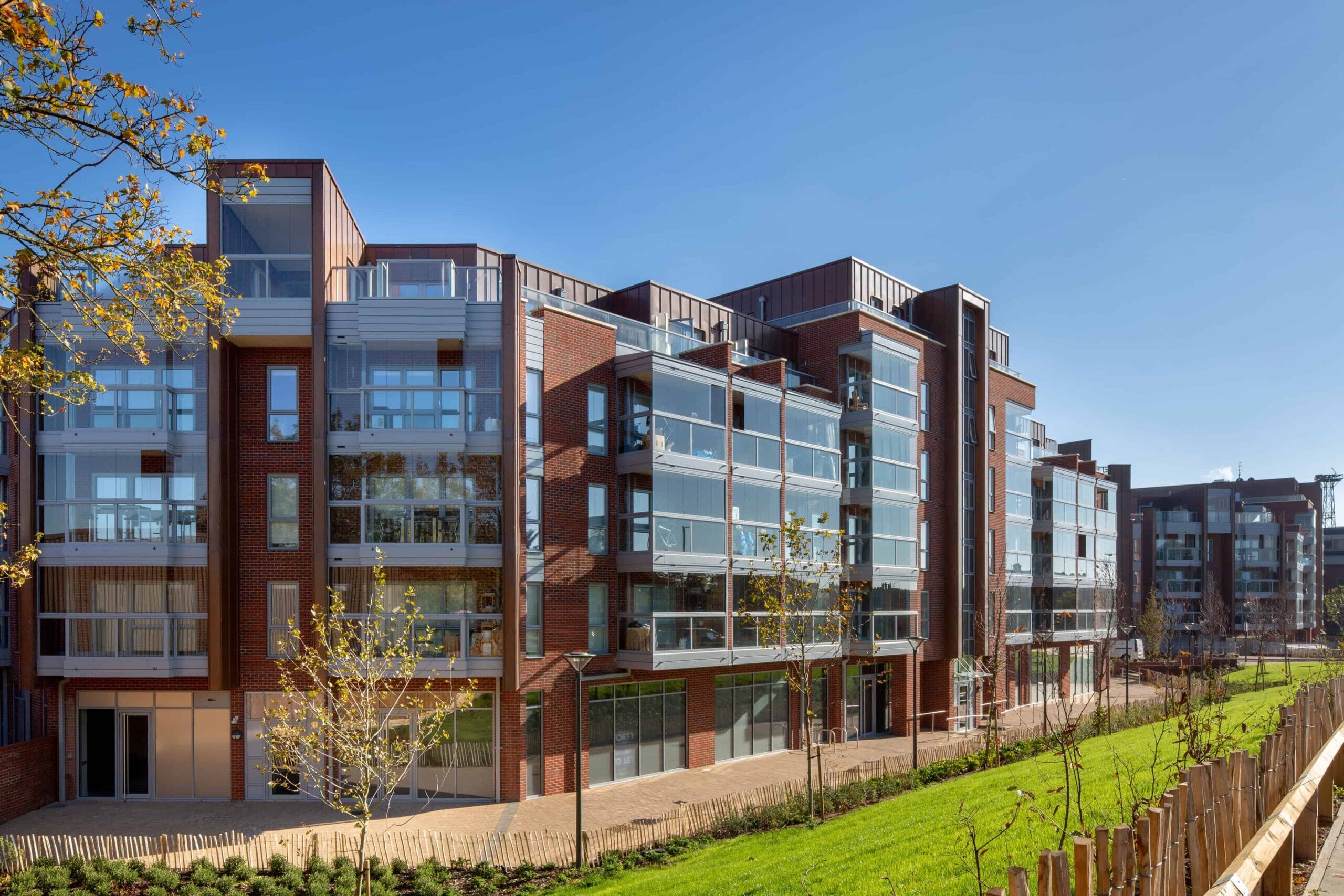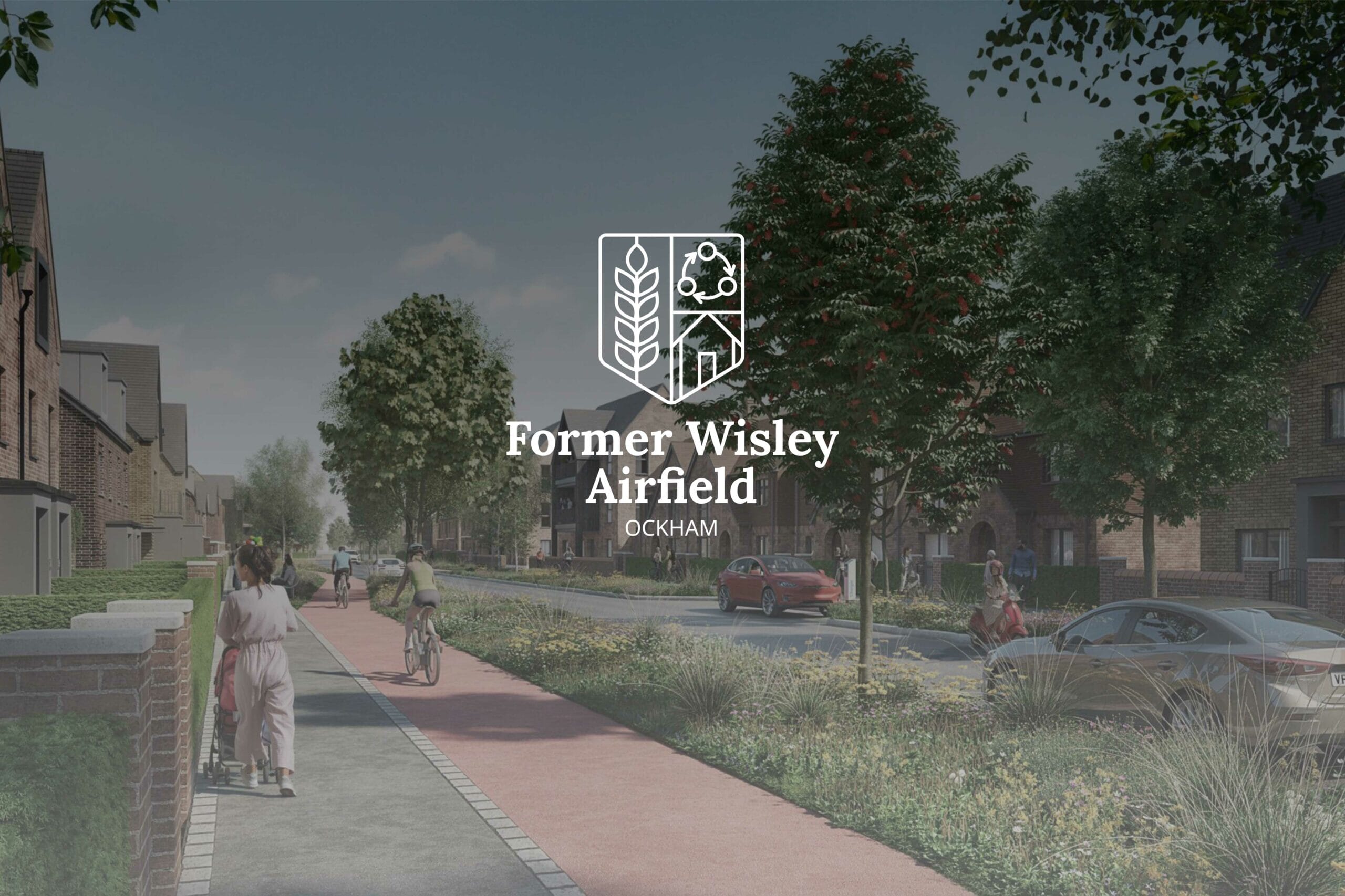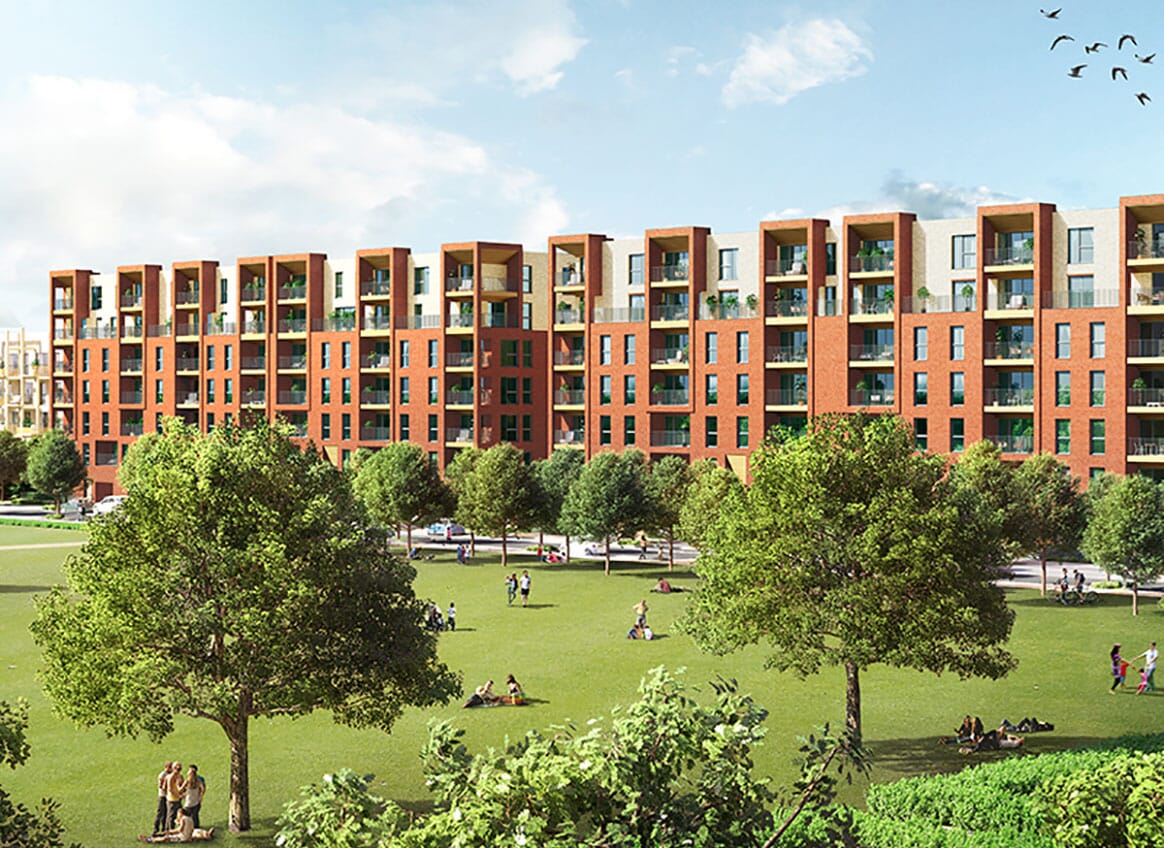WHOLE LIFE CARBON ASSESSMENT
Understand your development’s embodied carbon emissions with a life cycle or whole life carbon assessment
Specialist guidance on calculating embodied carbon and presenting pathways to reducing carbon emissions


As the UK works to reduce carbon emissions, the impact of whole life carbon is becoming increasingly important.
A whole life carbon assessment offers an assessment of the emissions generated during a building’s construction, use and end-of-life.
Our embodied and whole life carbon analysis enables clients to gain greater insight into emissions. We use specialist knowledge to assess the carbon performance of an asset, and advise on methods of reduction.
Life cycle reporting fulfils regulatory requirements from planning authorities and the London Plan, whilst also supporting the gaining of related BREEAM credits. It also allows clients to strategically track their construction emissions stage-by-stage at a granular level, to inform meaningful and responsible reduction opportunities.
What will a whole life carbon assessment cover?
A whole life carbon assessment (WLCA) encompasses the emissions associated with material manufacturing, transport, construction, maintenance / repair, and end of life processes (otherwise known as the embodied carbon of an asset). The WLCA also includes the emissions associated with the energy required to operate a building during its lifespan
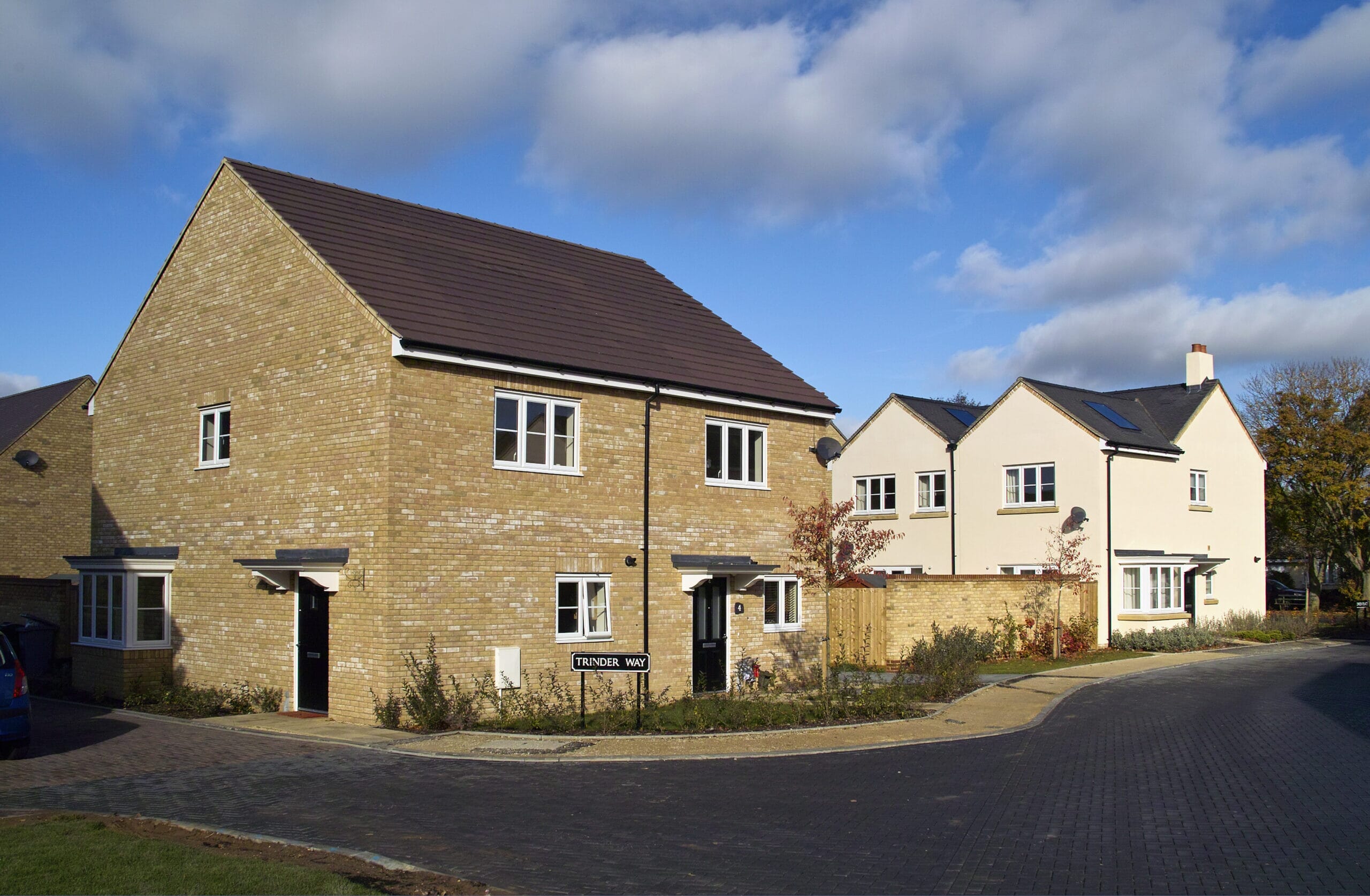

Our whole life carbon assessment service:
- Pre-planning report – Addressing the principles of life cycle carbon to be adopted across the development. Agreeing established benchmarks (from the local planning authority, RICS and/or LETI) and outlining how these will be met, or improved upon. Establishing realistic timelines to receive information from the design team on the proposed materials and quantities, reducing the risk of delays.
- Design analysis – Reviewing estimated emissions across a site during construction stage, according to the principles and measures set out at planning stage and within design intent. Making calculations using modelling software, One Click LCA. Providing accurate information for both developer and end-client to understand the whole life implications of design decisions. Recommending solutions and adaptations that will improve the carbon performance of the development.
- Completion analysis – Ensuring commitments have been delivered on. Some local planning authorities (LPAs) condition a full completion analysis, while some developers complete this voluntarily to deliver a comprehensive, accurate WLC.
At each stage, we review: raw material extract, including how products are sourced, transported and constructed; day-to-day energy requirements of a building once complete; reconfiguration or deconstruction for how easily a building can be processed at end-of-use; and recovery, reuse or recycling of materials at end-of-life.
We take a project-wide view of any whole life carbon assessment, including:
- Aligning all recommendations with project parameters and ensuring solutions are coordinated with other regulatory requirements.
- Making clear where calculations for environmental benefits are definite, potential or forecast.
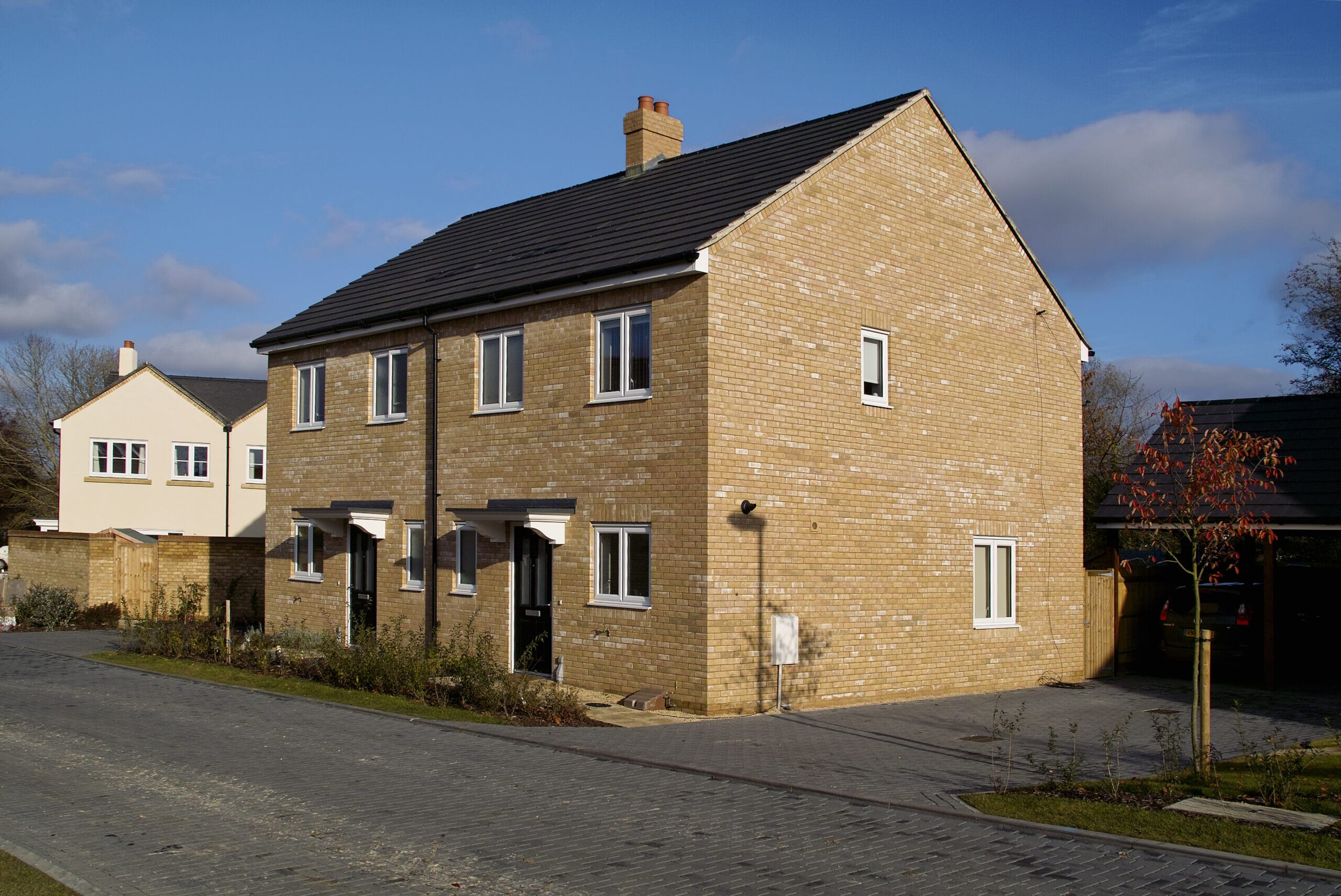

Does my development need a whole life carbon assessment?
Many local planning authorities (LPAs) now mandate a whole life carbon assessment (WLCA) within planning applications for new buildings and redevelopments of existing properties. Across London, assessments are a stipulation of the London Plan Policy SI 2.
Where a project is set to replace an existing building, the LPA may request two reviews, to compare emissions associated with refurbishing the existing site with emissions from delivering an entirely new development.
A life cycle assessment will also fulfil credits under Mat01 of a BREEAM scheme, provided it is completed at the required stages and completed to the correct scopes.
Since embodied carbon contributes so greatly to a development’s emissions, more and more developers are voluntarily completing WLCs too. This can help to fulfil ESG commitments to drive down carbon emissions over time as well as deliver longer-term reputational benefits.
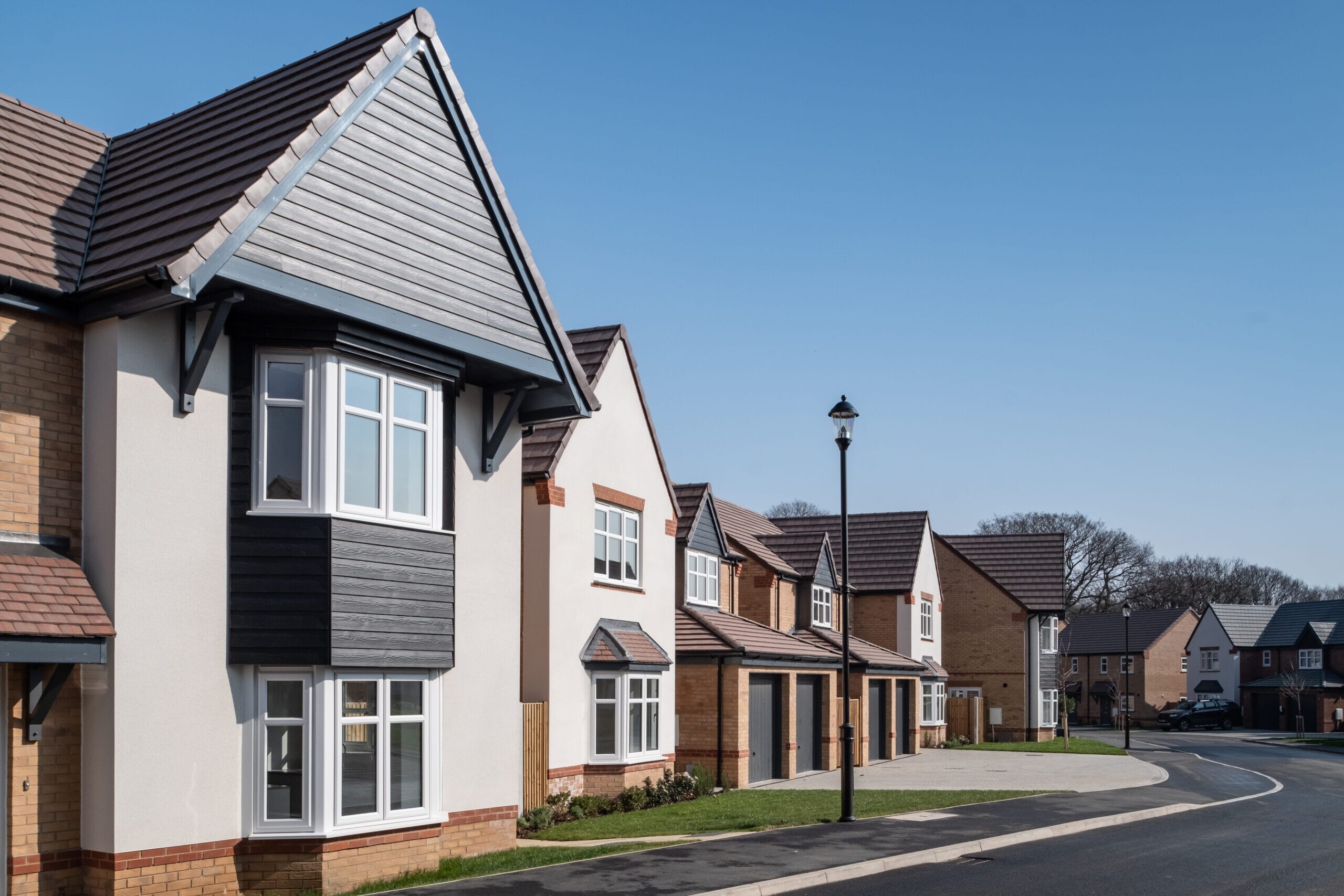

Start early to maximise the benefits of a whole life carbon assessment.
Contact our team today for guidance and support.
Understanding carbon assessment measures:
- The embodied carbon of a building covers the impact of extracting materials, the manufacturing of materials into construction products, the installation of these products, the maintenance, repair and replacing of these products, and the disposal of these products at their end of life (including future benefits of recycling and reusing the original products). See more about a building’s emissions during construction.
- Operational carbon looks at the emissions generated during the operational lifetime of a building. This looks at the energy required to power, heat, cool and light a building.
